The EU model is based on a series of basic commitments that must be respected, writes Javier Solana. In fact, these commitments were precisely what attracted the states of the former Soviet bloc to seek membership. It is clear that every sociopolitical advance has its downside but, by the same token, even the rise of nationalism and populism has an upside. This piece originally appeared on Project Syndicate.
Many people equate the European Union with Europe, overlooking a few nuances along the way. From a historical point of view, of course, it is clear that the EU, having contributed to ending centuries of war and violent conflict among its member states, nowadays embodies the antithesis of pre-1945 Europe. And in geographical terms, the EU’s successive enlargements have allowed it to reflect, far more closely than ever before, the full expanse of the European continent.
But the looming British exit from the EU has reminded us of something fundamental that had been hidden until now: the EU’s tendency to expand is not irreversible, and the EU’s continued existence as a political entity cannot, and should not, be taken for granted.
Two key dynamics have marked the EU’s trajectory over the years, and that of the European Communities before it. On the one hand, European integration has become deeper and, on the other, the benefits of integration have extended to a growing number of states. The fall of the Berlin Wall in 1989 gave rise to more opportunities—and major challenges. With communism’s collapse, the divided Europe created at Yalta disappeared, and EU expansion was no longer confined to states belonging to the Western orbit.
But the first organization to undertake the sensitive task of integrating Western and Eastern Europe was NATO. In 1997, two years before the Czech Republic, Hungary, and Poland became full members, the Alliance reached an agreement with Russia—the so-called Founding Act—to cushion the impact. This agreement marks the true end to the Cold War. In 2004, those same countries joined the EU, along with seven others. Europe’s traditional spheres of influence seemed to vanish as the EU saw its magnetism strengthened on a continental and global scale.
As Altiero Spinelli put it in the early 1940s, the pro-Europe movement had to find “a solution that didn’t ignore national sentiments, but instead would offer a way for them to be manifested freely.” For the countries that had been under Soviet dominion, the EU represented—in addition to a guarantee of democracy and human rights—a path to the true realization of their national aspirations. At the time, European integration was valued because it did not entail any de facto loss of sovereignty; on the contrary, the EU offered great socioeconomic advantages, enabling its members to maximize their international influence.
European integration was valued because it did not entail any de facto loss of sovereignty; on the contrary, the EU offered great socioeconomic advantages, enabling its members to maximize their international influence.
After the disappearance of the Iron Curtain, the United Kingdom and the reunified Germany were the main drivers of the EU’s move toward the East, although their motives were very different. While British Conservatives saw expansion as a means to slow deepening integration, German Chancellor Helmut Kohl considered both dynamics compatible. And so they were, until well into the 21st century.
Unfortunately, the results in two of the four referendums on the proposed EU constitution, held a year after the Union’s “Big Bang” expansion of 2004, raised doubts about that compatibility. Allusions to “Polish plumbers” coming to steal locals’ jobs, however unjustified and derogatory, resonated deeply, especially in France, and both the French and the Dutch ended up rejecting the ambitious constitutional project. This setback left the EU rather disoriented, and was mitigated only temporarily by the signing of the Treaty of Lisbon.
Somewhat paradoxically, the “Polish plumbers” trope resurfaced just over a decade later, during the Brexit referendum campaign. In the very same UK that had backed expansion of the Union, workers from Central and Eastern Europe were being used as scapegoats in the campaign to break away from the EU. Following literally what the sociologist Anthony Giddens called the “sleepwalking scenario,” the UK decided to abandon the EU without a truly honest and informed debate about what was at stake.
But there are paradoxes galore in Central and Eastern Europe as well. Consider Poland. Thanks to its reconciliation with Germany, Poland acquired a leading role in the Euro-Atlantic community, turning what had been the Franco-German axis into a “Weimar triangle.” The benefits obtained by Poland from its geopolitical repositioning were impressive, even more so when its macroeconomic data are compared with those of a country like Ukraine, which followed a very different path after communism’s collapse. In 1990, Ukraine’s per capita GDP was higher than Poland’s; by 2016, however, Poland’s per capita GDP was nearly four times higher than that of Ukraine.
Despite this, today’s Polish government is seeking to take advantage of Europe’s current vulnerability, using U.S. President Donald Trump’s recent visit as a wedge to divide the EU, and thus be able to continue to hollow out Poland’s democratic institutions without fear of external hindrance.
Poland today is also fertile ground for anti-immigrant rhetoric, which breeds on a nostalgic desire to retreat into national borders in a way that has eluded the country for many years. Apparently, the ruling Law and Justice party does not see the irony that it is Polish immigrants who have been the source of antagonism in Britain and elsewhere. The cherry on the cake is that the Polish government is indeed well on its way to establishing an illiberal state within the EU, following in the footsteps of Hungary’s prime minister, Viktor Orbán.
The EU model is based on a series of basic commitments that must be respected. In fact, these commitments were precisely what attracted the states of the former Soviet bloc to seek membership. It is clear that every sociopolitical advance has its downside but, by the same token, even the rise of nationalism and populism has an upside. By setting itself against both of these forces, and creating a revitalized narrative that responds to the priorities of European society today, the EU can recover its legitimacy and momentum. The future of Europe depends on it.
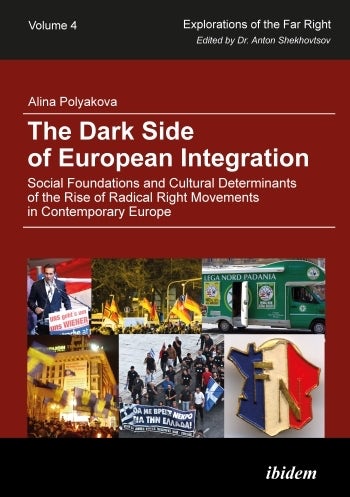
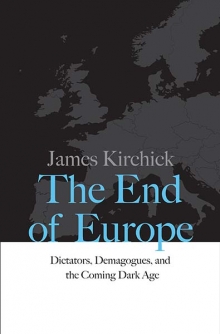
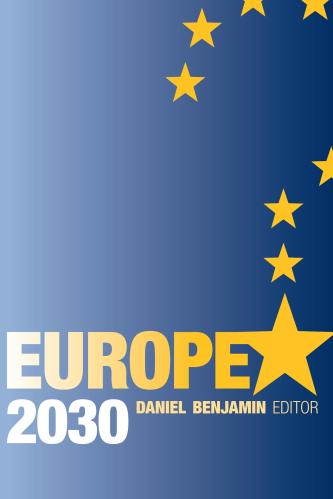
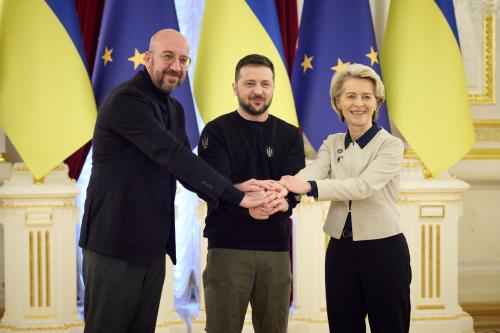
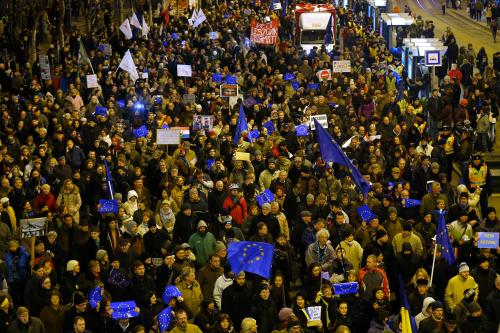
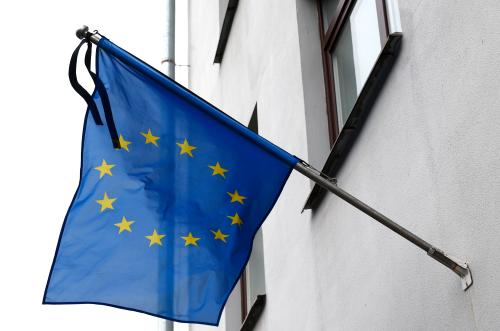

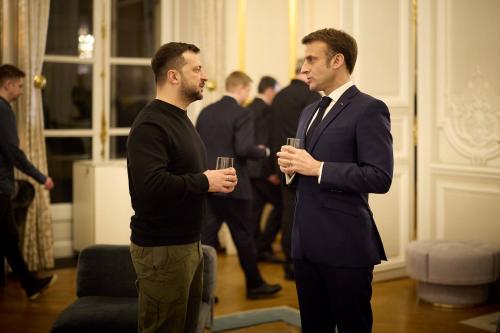

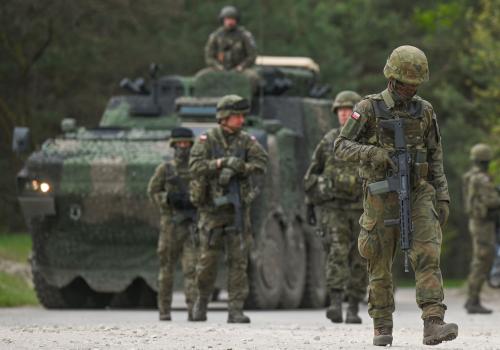
Commentary
The flip side of Euro-Atlantic integration
July 27, 2017